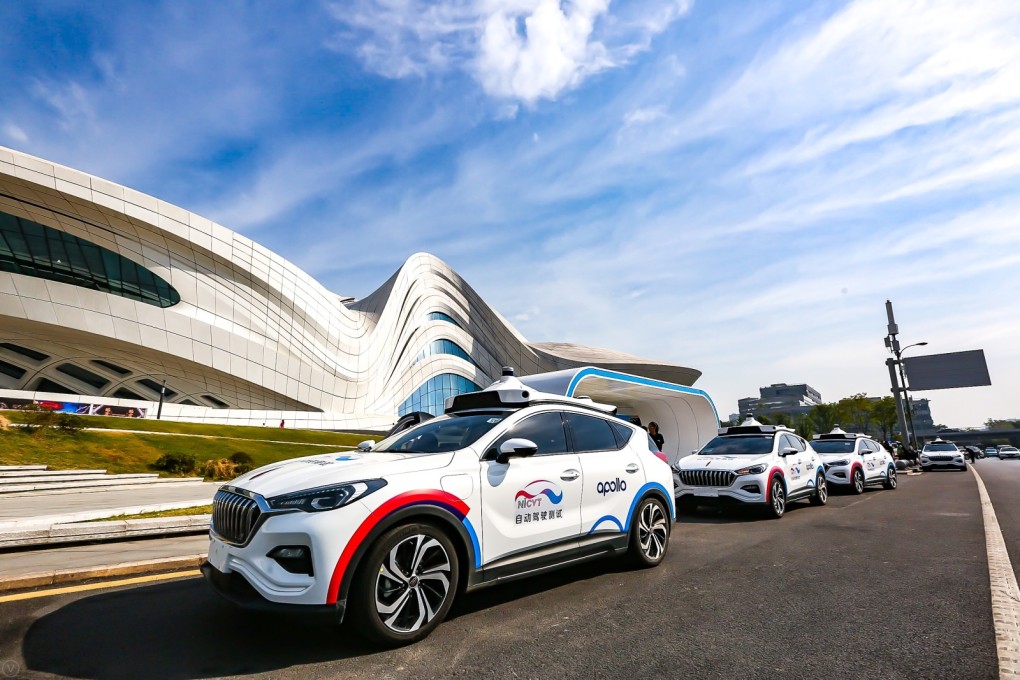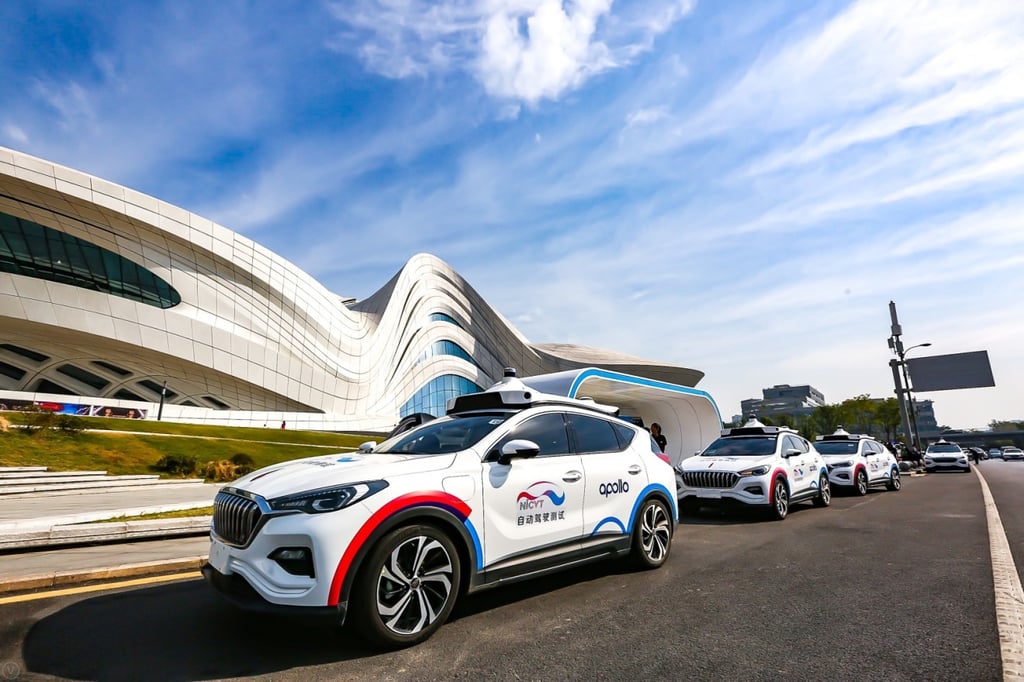Did Baidu really do better than Google’s Waymo in California’s self-driving report?
Chinese self-driving pioneer has a lower disengagement rate than the Google spinoff, but experts say the numbers don’t mean much

But industry experts say it’s not.

“The disengagement metric is essentially worthless and does not really tell anything about the performance of an automated driving system,” Sam Abuelsamid, an analyst at consultancy Navigant, told us. “While Baidu's results are indeed impressive this year, they really don't mean very much.”
For one, there is no standard for when a driver should disengage: Each company is free to decide on its own. The rate of disengagement also depends largely on where the vehicle was travelling.
“If the company does a lot of testing in areas with little traffic or other obstacles, there may be fewer disengagements than a company testing in a dense urban environment like San Francisco,” Abuelsamid explained.